Ecuador Trip Report
11/21/15 to 12/23/15:
When I flew into Ecuador at 1AM on the 21st, my jet-lagged brain had little clue what to expect. Austin Gibney, my travel companion and trainer on the training to come, was the reason I was sitting, blurry-eyed, on bags filled with thousands of dollars’ worth of climbing/glacier gear outside the airport in Quito. As I sat, I tried to spot a white work truck driven by a man named Santiago I had never met.
Back in early October, Austin called me out of the blue to invite me on the expedition because his partner bailed on him and he knew I skied Denali. His plan was to attempt ski descents of Antisana, Cayambe, and Chimborazo before attending training. This would allow us to acclimatize before the training so that we could concentrate fully on the experience, and, climbing/traveling on my own in Ecuador would undoubtedly help me better relate to students and their experience. As an added bonus to me, I would get to climb with Austin — who worked semesters and a pathfinder in Ecuador and would be a brilliant mentor.
When we finally found Santiago and got our bags loaded, we drove the forty-five minutes to the Dammer’s farm — all the while attempting to hold a conversation in broken Spanish with Santiago. It was here I realized that Austin knew practically no Spanish, and I would be putting my six years of Spanish classes in college and high school to use.
It was quite dark when we pulled off the brand new highway (paid for by Chinese oil money) onto the old farm road. Santiago dropped us off at our place of residence, a small one-room bungalow on stilts and we passed out almost immediately. My roommate, co-worker, and friend Adam Fisher (who has traveled to Ecuador and stayed at the Dammer’s farm) described the place as “absolutely magical.” That next morning, I found out exactly what Adam meant by that.
 I do not know how to put into words how magnificent of a place the Dammer farm is, or how lucky I feel for myself and every student and staff who gets to spend any amount of time there. It is not just the natural beauty of the place, but the Dammer family, that makes it so special. They are the most welcoming and friendly people I have ever met. They embody compassion. To welcome strangers into their own home, feed them, shelter them, and bend over backwards to meet their needs, is humbling to see. That first day I spent on the farm feeding pigs and looking at cows while we waited for our Antisana permit will be treasured forever.
I do not know how to put into words how magnificent of a place the Dammer farm is, or how lucky I feel for myself and every student and staff who gets to spend any amount of time there. It is not just the natural beauty of the place, but the Dammer family, that makes it so special. They are the most welcoming and friendly people I have ever met. They embody compassion. To welcome strangers into their own home, feed them, shelter them, and bend over backwards to meet their needs, is humbling to see. That first day I spent on the farm feeding pigs and looking at cows while we waited for our Antisana permit will be treasured forever.
 It took three days to get the permit. During that time, we took a bus to Quito and climbed Pinchincha (a 15,000’ volcano) to acclimatize and went to many a market to secure provisions for the climb. When we finally got the permit with Thomas’s help, (Thomas is one of the three brothers in the Dammer clan) we got dropped off around 15,000’ on Antisana (The high camp). We got some information from the Dammers that the standard route was closed and we would need to climb a steep snow bridge to reach the summit.
It took three days to get the permit. During that time, we took a bus to Quito and climbed Pinchincha (a 15,000’ volcano) to acclimatize and went to many a market to secure provisions for the climb. When we finally got the permit with Thomas’s help, (Thomas is one of the three brothers in the Dammer clan) we got dropped off around 15,000’ on Antisana (The high camp). We got some information from the Dammers that the standard route was closed and we would need to climb a steep snow bridge to reach the summit.
Our first day on mountain, we did some crevasse rescue training on the toe of the glacier to acclimatize more and review haul systems. Day two on Antisana, we hiked up to around 16,500’ and skied some corn snow down to where we stashed our skis at fern line.
 The rest of that day and evening was spent resting for the summit attempt. When we woke at 11:30PM to make our move, it was completely clear and a full moon out. We didn’t even need headlamps as we hiked up the moraine to the toe of the glacier to retrieve our stashed gear and then up to fern line where we had stashed our skis. We followed the beta given to us by the Dammers, but ended up turning around less than 200’ from the summit when faced with a “Grand Canyon” sized crevasse.
The rest of that day and evening was spent resting for the summit attempt. When we woke at 11:30PM to make our move, it was completely clear and a full moon out. We didn’t even need headlamps as we hiked up the moraine to the toe of the glacier to retrieve our stashed gear and then up to fern line where we had stashed our skis. We followed the beta given to us by the Dammers, but ended up turning around less than 200’ from the summit when faced with a “Grand Canyon” sized crevasse.
 After skiing back to fern line and walking back to camp, we rested for an hour and then packed up all eighty-pounds each of our food/gear to trek to Papallata and the hot springs there. Austin sand-bagged me so hard. When planning the trip, he gave me the option to either get picked up after Antisana and driving back to the farm or just “walking down to some hot springs.” I of course went for the hot springs – not knowing that we would be trekking with obscene amounts of weight and skis off trail for miles through the paramo, jungle, mud, and rain. It was probably one of the harder things I have ever done, and I’m so stoked to have done it, and to never have to do it again.
After skiing back to fern line and walking back to camp, we rested for an hour and then packed up all eighty-pounds each of our food/gear to trek to Papallata and the hot springs there. Austin sand-bagged me so hard. When planning the trip, he gave me the option to either get picked up after Antisana and driving back to the farm or just “walking down to some hot springs.” I of course went for the hot springs – not knowing that we would be trekking with obscene amounts of weight and skis off trail for miles through the paramo, jungle, mud, and rain. It was probably one of the harder things I have ever done, and I’m so stoked to have done it, and to never have to do it again.
After recuperating for a day on the Dammer farm, we traveled to Chimborazo. It took several buses, taxis, and hitchhiking opportunities (where we explained time and time again that our skis were not water skis but for snow) to reach Chimborazo. Once there, it took a lot of explaining to enter the park, and we thought for a minute that we would not get to climb. We had certifications showing that we were guides to get us through, but they needed an identification card. We ended up giving them our Colorado driver’s licenses and they let us through after taking pictures of them and our passports. After such an endeavor getting there, we were not able to summit, however. We attempted Chimborazo twice, but incredibly high winds shut us down both times. The highest we made it was around 17,500’. Failure once again. It was humbling as well as frustrating to get shut down a second time.
Next we traveled to Cayambe (a volcano further north and just under 19,000’ in elevation). Here we found success. From camp to summit, we only stopped perhaps two times for water or to even catch our breath. We felt so strong.
Getting to ski from 19,000’ off of the highest point on the equator was incredible. The skiing off the summit was undoubtedly terrible (icy blobs as you can see above) but just a cool thing to have done. Hearing one lady tell us how “loco” we were while she got us to pose with our boards before dropping and passing the mass of vomiting guided parties on their way to the summit was just too much fun (Type two anyway).

Sunrise on Antisana. Awesome crew of instructors on the Ecuador Training. It was good to actually summit it on take two.
At the end of Austin and I’s personal adventure, we had experienced failure and success as well as challenge and adversity. We also traversed the country of Ecuador from North to South. I also know that having Austin as my expedition partner taught me more about the culture and geographical challenges of Ecuador as well as glacier travel than the Outward Bound training I attended after. My goal is to work courses in Ecuador within four years, and this trip was an incredibly important step to attaining that goal. I can’t thank Austin, the Dammer family, or Outward Bound enough for making this trip happen.
Thank you.
Zack McGill
Course Director, Trainer, and Lead Instructor








